In the lush forests and sprawling moors of the United Kingdom, a silent guardian is emerging, one that promises to transform the way we protect our wildlife. The fusion of artificial intelligence (AI) with conservation efforts is not just a futuristic fantasy—it’s a present-day reality. For those passionate about nature and technology, this intersection offers a beacon of hope for preserving the UK’s rich biodiversity. From tracking elusive creatures to predicting environmental changes, AI is becoming an indispensable tool in the fight to conserve wildlife. Let’s delve into the myriad ways AI is reshaping conservation efforts and what it means for the future of wildlife in the UK.
AI-Powered Wildlife Monitoring
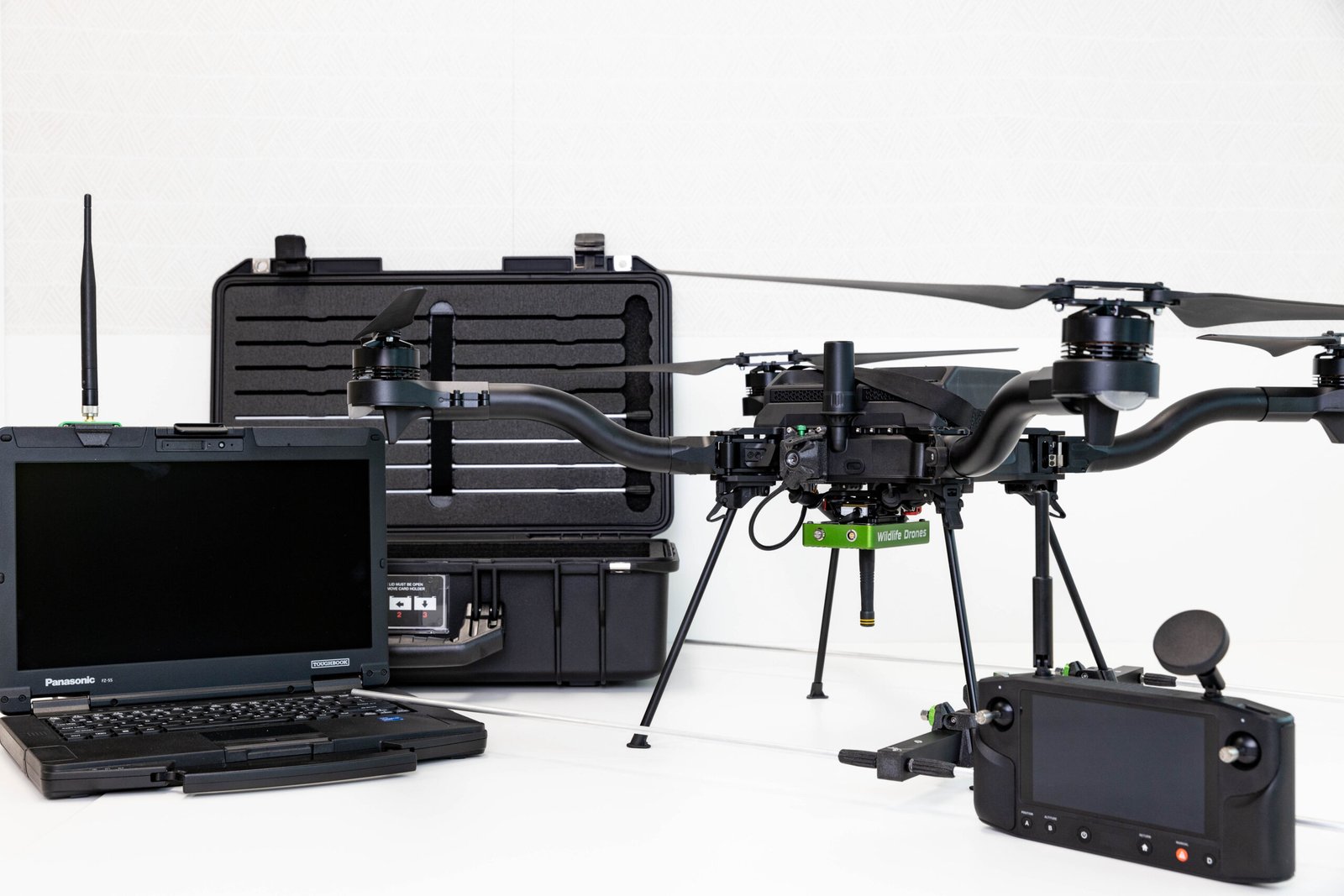
One of the most exciting applications of AI in wildlife conservation is its ability to monitor animals with unprecedented precision. Traditional methods often involve labor-intensive fieldwork and can disturb the natural habitats of the animals being studied. AI, however, offers a less intrusive approach. By utilizing drones equipped with AI technology, researchers can gather data on animal populations without setting foot in their habitats. These drones can identify species, count populations, and even track migration patterns, providing valuable insights into the health of ecosystems. This method not only saves time and resources but also ensures that wildlife remains undisturbed by human presence.
Predictive Analytics for Conservation
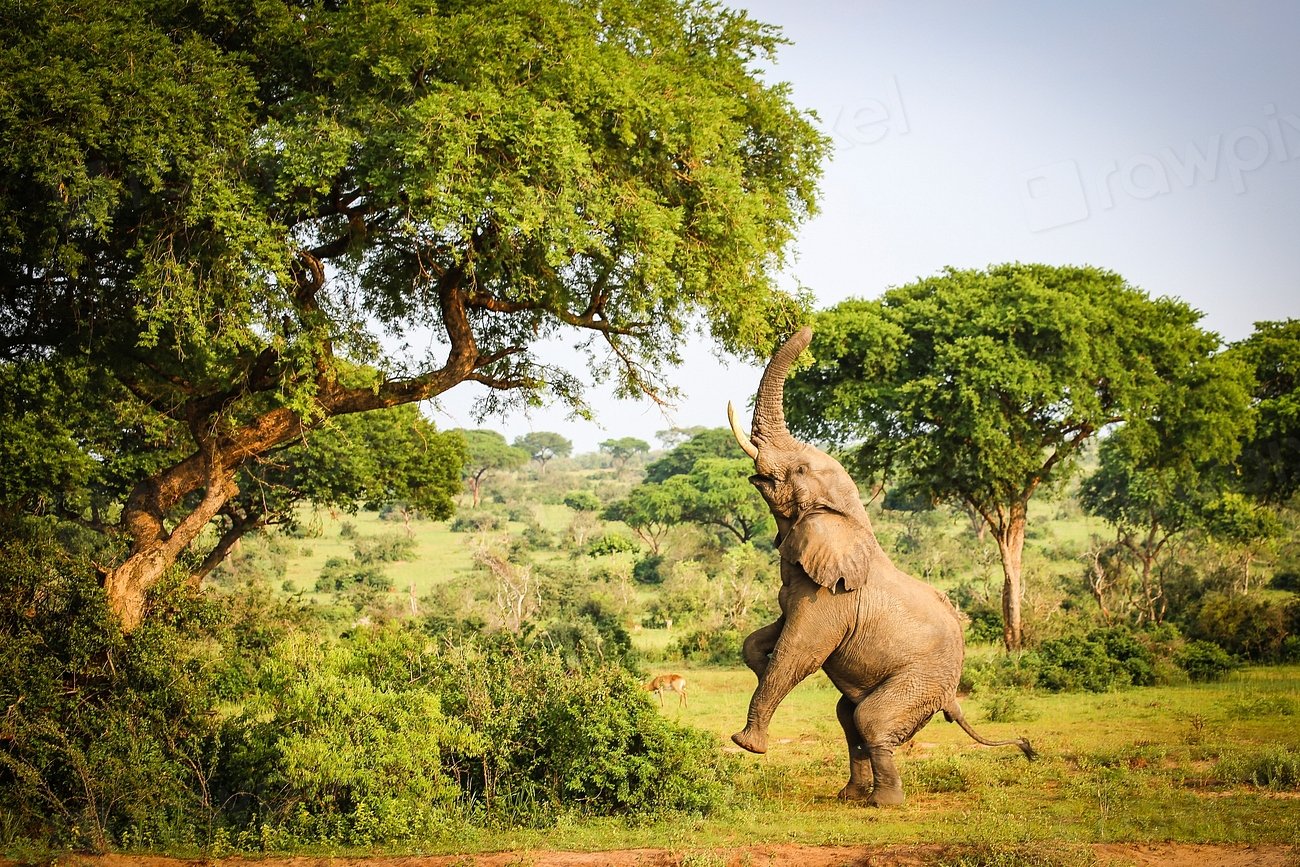
Predictive analytics is another groundbreaking AI application that is revolutionizing wildlife conservation in the UK. By analyzing vast amounts of data, AI can forecast potential threats to wildlife populations, such as habitat loss or climate change impacts. For instance, AI systems can predict where deforestation might occur and suggest preventive measures to protect endangered species. This proactive approach allows conservationists to implement strategies before problems escalate, ensuring the preservation of vulnerable wildlife. It’s like having a crystal ball, but instead of predicting the future, it helps shape it for the better.
AI and Citizen Science Collaboration
AI is also fostering collaboration between scientists and the public through citizen science projects. These initiatives allow everyday people to contribute to wildlife conservation efforts by collecting data and sharing observations. AI tools can then analyze this data, providing researchers with a wealth of information from diverse sources. For example, smartphone apps equipped with AI can help citizens identify bird species in their gardens, contributing to nationwide databases on avian populations. This democratization of data collection empowers individuals to play an active role in conservation, fostering a sense of community and shared responsibility for the environment.
Combating Poaching with AI

Poaching remains a significant threat to wildlife, but AI is helping turn the tide. Advanced surveillance systems powered by AI can detect and deter poaching activities in real-time. For instance, AI algorithms can analyze footage from hidden cameras or drones to identify suspicious behavior and alert authorities. This real-time intervention capability is crucial in protecting endangered species from illegal hunting. By acting as a digital watchdog, AI not only safeguards wildlife but also enhances the effectiveness of anti-poaching efforts across the UK.
AI in Habitat Restoration
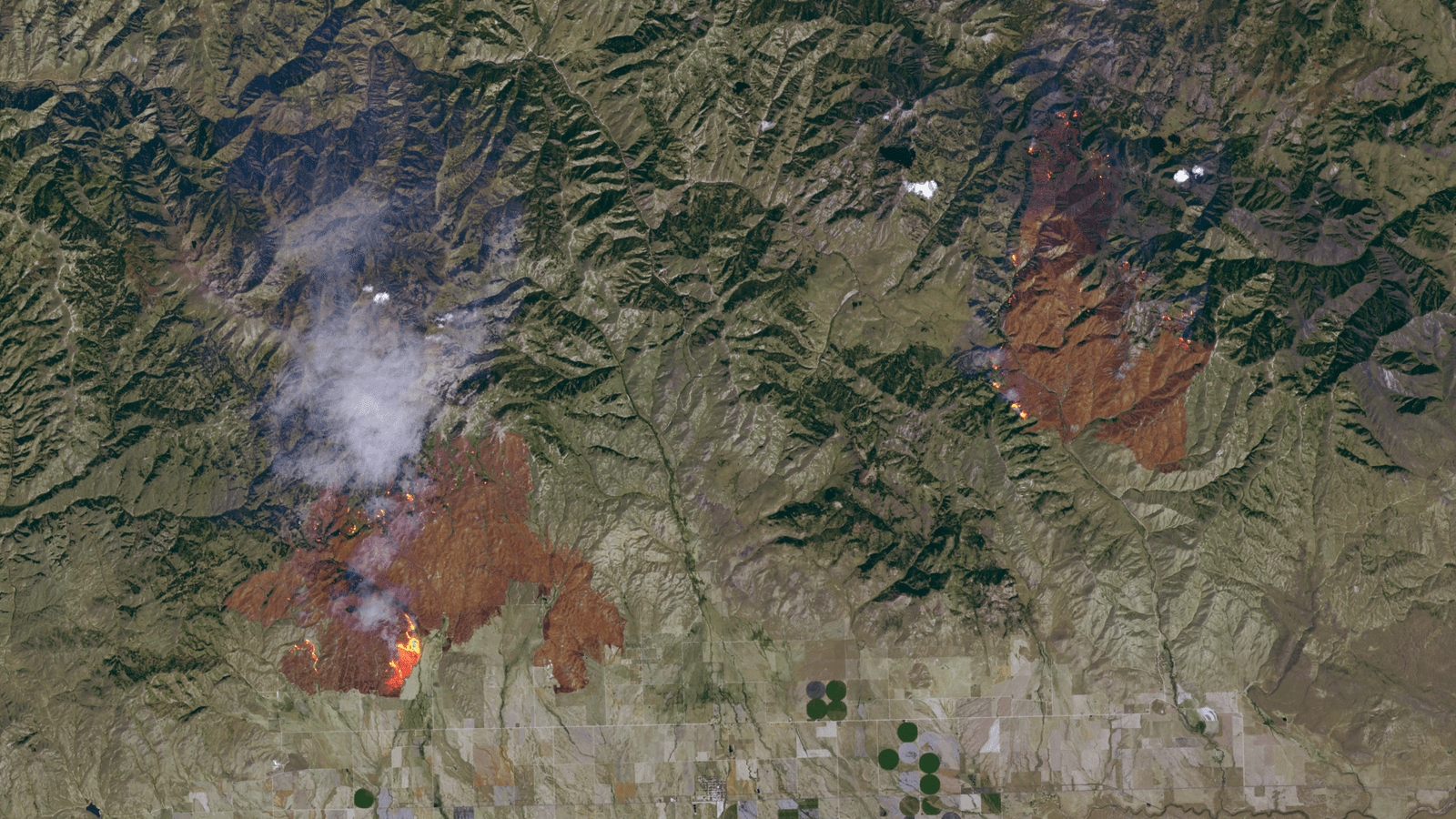
Restoring habitats is a critical component of wildlife conservation, and AI is proving to be an invaluable ally in these efforts. By analyzing satellite imagery, AI can assess the health of ecosystems and identify areas in need of restoration. This technology can also simulate various restoration strategies, allowing conservationists to choose the most effective approach. Whether it’s reforesting a desolate area or revitalizing a wetland, AI provides the tools needed to restore ecosystems to their former glory. This capability ensures that wildlife has the necessary habitats to thrive, contributing to a balanced and healthy environment.
AI-Driven Climate Change Adaptation
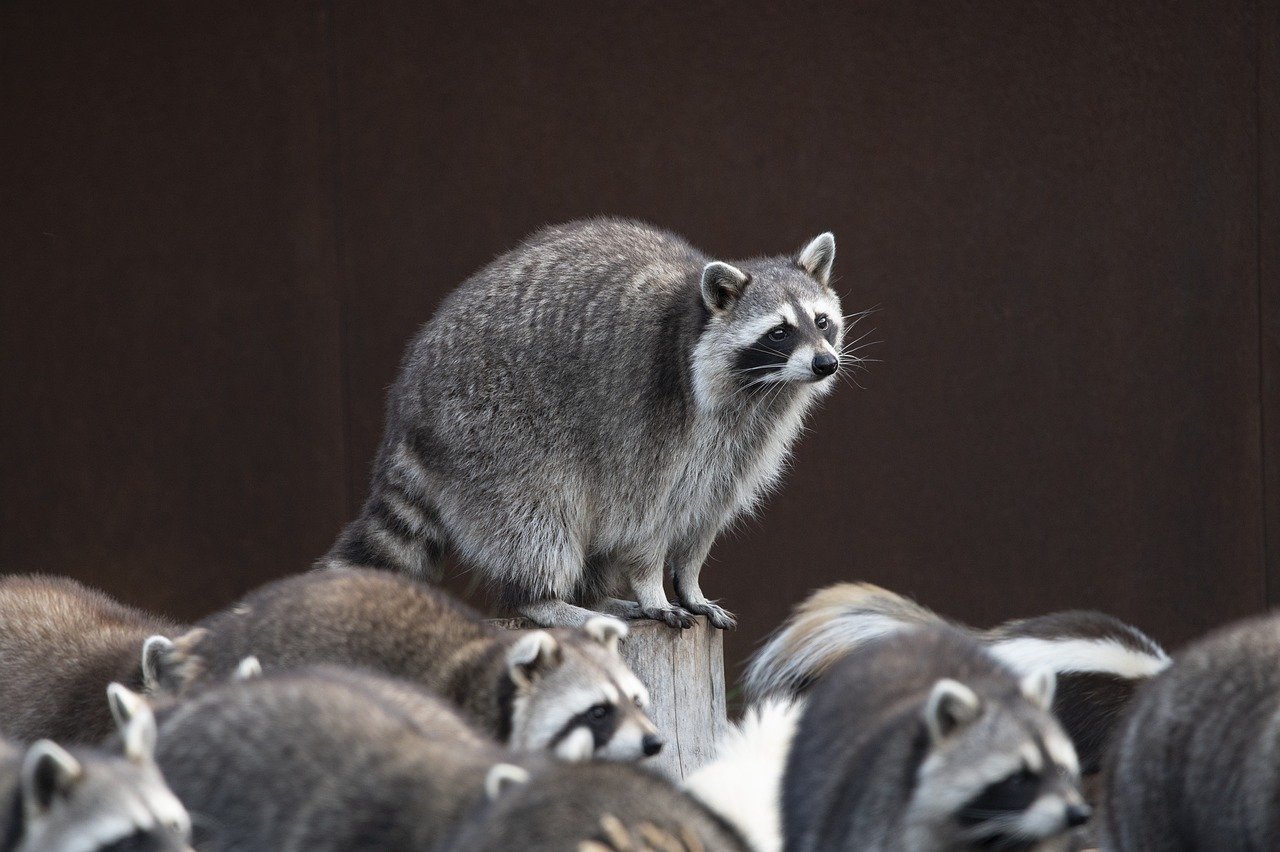
Climate change poses a significant threat to wildlife, but AI is helping species adapt to these changes. By modeling climate scenarios, AI can predict how different species will respond to shifts in temperature and precipitation patterns. This information enables conservationists to develop strategies to help wildlife adapt, such as creating wildlife corridors that facilitate migration to more suitable habitats. With AI’s assistance, species that might otherwise struggle to survive in a changing climate can find new opportunities to thrive, ensuring their continued existence for generations to come.
Enhancing Wildlife Rehabilitation with AI
AI is also playing a role in the rehabilitation of injured or orphaned wildlife. By analyzing medical data, AI can assist veterinarians in diagnosing and treating animals more accurately. For example, AI systems can interpret X-rays and other diagnostic images, identifying issues that might be missed by the human eye. This capability ensures that wildlife receives the best possible care, increasing their chances of successful rehabilitation and release back into the wild. With AI’s help, injured animals have a better shot at recovery and a return to their natural habitats.
Real-Time Data Collection and Analysis
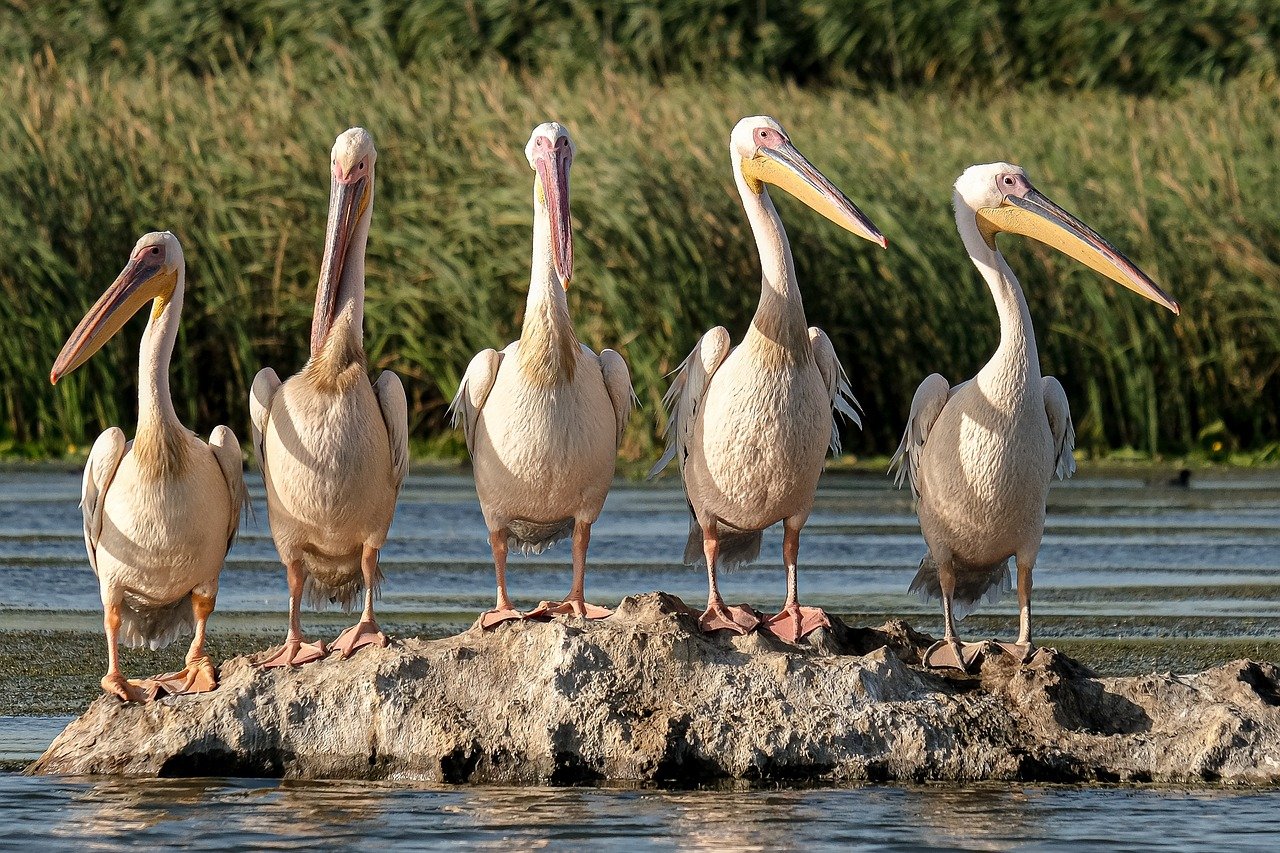
The power of AI lies in its ability to process and analyze data in real-time. This capability is particularly beneficial in wildlife conservation, where timely information can make all the difference. AI systems can monitor environmental conditions, track animal movements, and analyze ecological changes as they happen. This real-time data collection allows conservationists to respond quickly to emerging threats, such as disease outbreaks or habitat destruction. By staying one step ahead, AI empowers conservationists to take swift action, ensuring the protection of wildlife and their habitats.
AI and Biodiversity Mapping
Biodiversity mapping is essential for understanding the distribution and abundance of species across the UK. AI technology is enhancing this process by providing more accurate and detailed maps of biodiversity hotspots. By analyzing vast amounts of data from various sources, AI can identify areas with high species diversity and pinpoint regions in need of conservation efforts. This information is invaluable for prioritizing conservation initiatives and ensuring that resources are allocated where they are needed most. With AI’s assistance, conservationists can make informed decisions that support the preservation of the UK’s rich biodiversity.
Future Prospects of AI in Wildlife Conservation
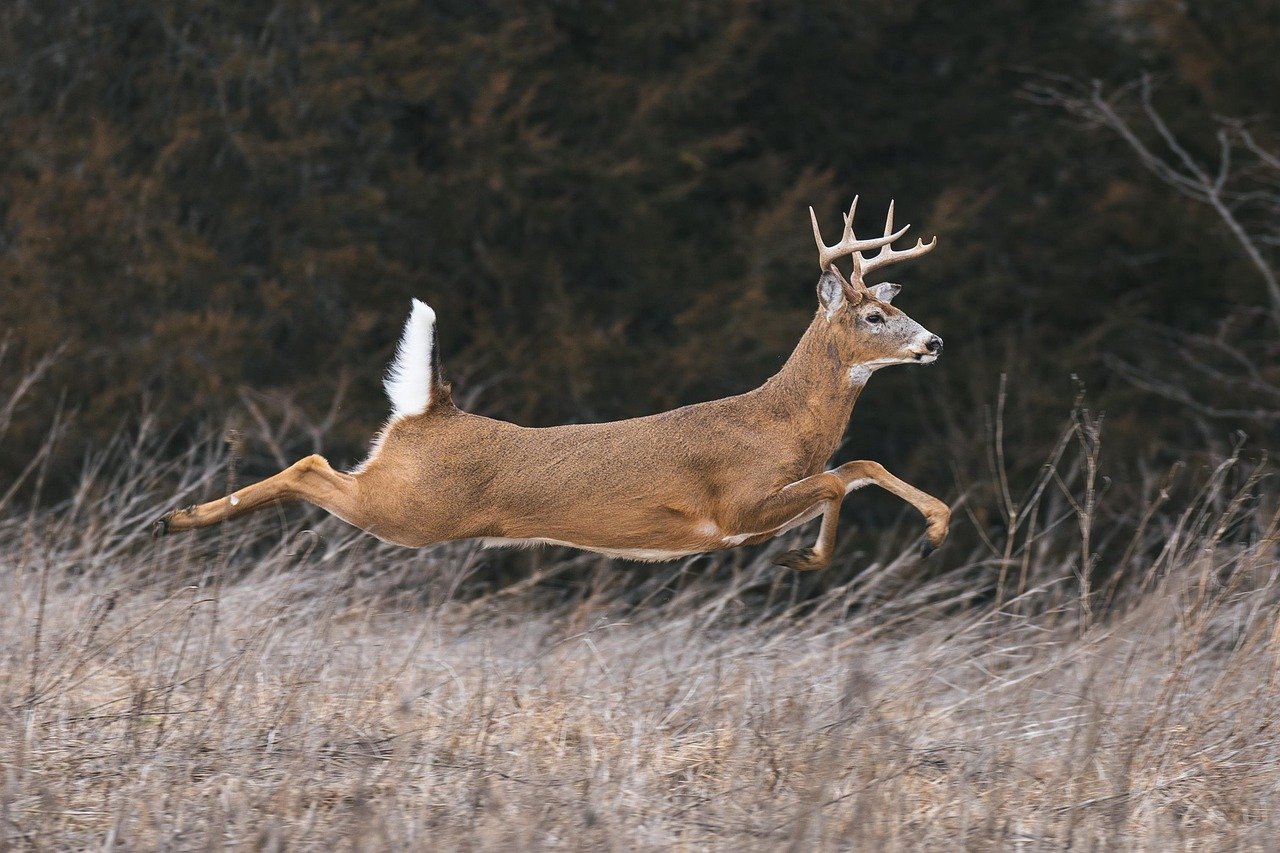
As AI technology continues to advance, its potential applications in wildlife conservation are limitless. From improving existing methods to developing entirely new strategies, AI holds the promise of transforming the way we protect wildlife. In the future, we may see AI systems capable of predicting long-term ecological changes, designing optimal conservation plans, and even facilitating communication between different species. These advancements will not only benefit wildlife but also enrich our understanding of the natural world. As we continue to explore the possibilities, one thing is certain: AI will play a pivotal role in shaping the future of wildlife conservation in the UK.

Linnea is a born and bred Swede but spends as much time as possible in Cape Town, South Africa. This is mainly due to Cape Town’s extraordinary scenery, wildlife, and atmosphere (in other words, because Cape Town is heaven on earth.) That being said, Sweden’s majestic forests forever hold a special place in her heart. Linnea spends as much time as she can close to the ocean collecting sea shells or in the park admiring puppies.




